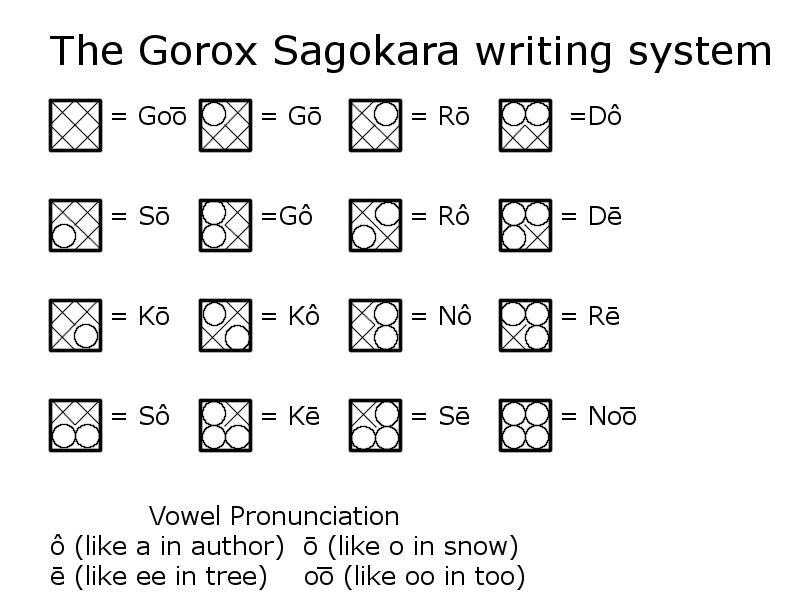Cultural Outline
Architecture
Many different styles of architecture can be found in the Planetary League, as it is a richly multicultural society. Many buildings do incorporate some form of renewable energy generation, as a clean environment is one of the unifying values of the League. Official buildings tend to have clean lines and rounded corners, with neutral colors and large windows.
Art and Literature
Being an open and multicultural society, the Planetary League supports a wide variety of different art styles. Atemporality has taken hold in a big way, and various subcultures take on the styles of different historical periods. Public works of art emphasize the values of humanism and community.
The Blessed
As biotechnology advanced, people started using it to augment themselves. At first illegal, the use of DNA manipulation on developing human embryos gradually became widespread within the core worlds of the Planetary League. Over time a set of standard augmentations developed so that all those who could afford it started life with certain advantages over normal humans. Those who were augmented in this way became known as "The Blessed", and those who were not were known as "Norms", or by other, more derogatory terms. The Blessed did not suffer from genetic diseases, had lean, efficient bodies, perfect eyesight, and a number of other small advantages that made their lives better.
Calendar
The Galactic Standard Calendar (GSC) starts with year 0 denoting the signing of the Treaty of Kepler, which officially founded the Planetary League. The calendar has 365 days per year, but no months, as most planets do not have a single, large moon, like Earth. Every fourth year, a holiday is added to the beginning of the year.
The day is called "The Olympiad", and is a celebration of the collective achievements of humanity (before first contact, later it became a celebration of the achievements of the Planetary League).
Dates are represented in the format YEAR.DAY for example 153.204 is the 204th day of the year 153. The first day of the year is day 1, except in years with an Olympiad, where the Olympiad is day 0.
Clothing and Fashion
Civilians wear all different modes of clothing. Fashion is ever-changing, and different cultural groups have their own ideas of what is fashionable. Wearable technology has come into its own, and most garments generally incorporate some complex functionality beyond being clothing. Government officials (for example the crews of star-ships) wear simple, utilitarian jumpsuits color-coded by job.
Core and frontier worlds
The Planetary League, throughout its history could be divided between the core worlds, and the frontier. The core was wealthy and high-tech, while the frontier was wild and untamed. Core-world residents lived longer, had access to the latest advances in technology, and generally lived in luxury. Meanwhile, those on the frontier may have had more exciting lives, they were certainly shorter, and less pleasant. This division amounted to a low-level conflict that never reached a full boil, but was constantly simmering throughout Era-1. This conflict was one of many factors that led to the fall of the Planetary League in the Great Reckoning.
Currency
The currency of the Planetary League is the Dollar, which breaks down into 10 smaller units, known as Credits. Most banking is electronic, but physical currency is used as well. There are 1, and 5 -Credit coins, as well as 1, 5, and 10- Dollar coins. Bills are worth 1, 5, 10, 50, and 100 Dollars.
Galaxy Net
Galaxy net was the largest computer network in the galaxy during Era-1, mainly growing along side the Planetary League, but also connecting to various other states and non-state regions near the Planetary League.
Language
A wide array of languages are used in the Planetary League. English is the most popular, and is used in most official government communications and documents.
Some of the major languages tend to take on roles relative to different contexts: English is commonly used in government and commerce. Japanese is often used in popular culture, and as a "courtesy language". Spanish is often used in sports and entertainment. German and Russian are frequently employed in engineering contexts. French and Italian are often used in the context of art and style. Various alien languages proliferate as well. New languages also emerge over time. Luckily, computer translation software continues to advance as well.
Religion
The Planetary League is officially secular, but its citizens have a large number of different religions and philosophies. Christianity, Islam, Hinduism, and Buddhism continue their popularity, and are collectively known as "the old traditions". Belief systems from alien planets start to enter the mix as well, and various new religions and philosophies spring up as time goes by. Overall, though, religion is generally considered to be a private matter, and doesn’t enter much into public discourse. Publicly, most citizens of the Planetary League tend not to discuss religious belief.














